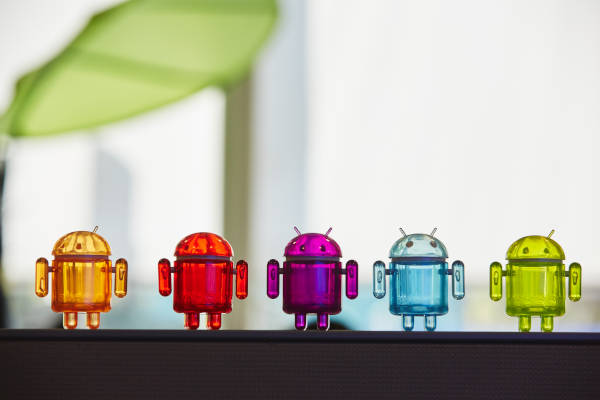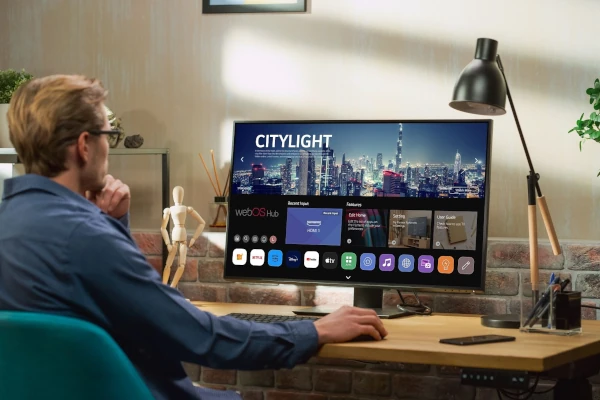Android 11 Developer Preview 2, Image/Google
Although not yet intended for daily or consumer use, Android 11 Developer Preview 2 (DP2) was recently released for evaluation by developers via manual download and flash only for Pixel 2, 3, 3a, or 4 devices or as an over-the-air (OTA) update for individuals running Developer Preview 1 or 1.1. Developers can get started now by visiting the Android 11 Developer Preview site.
New Features
DP2 addresses 5G with a 5G state API used to detect a 5G New Radio or Non-Standalone network. 5G state API can be used with other APIs such as 5G dynamic meteredness API, bandwidth estimator API and existing connectivity APIs to accommodate 5G’s improved speeds and latency.
Hinge angle for foldables support is now available using a hinge angle sensor for determining the angle of the device screen surfaces: and “lets apps query directly or through a new AndroidX API for the precise hinge angle, to create adaptive experiences for foldables.”
New ops and controls in Neural Networks API include the the hard-swish op: “This is key to accelerating next-generation on-device vision models such as Mo-bileNetV3 which forms the base model for many transfer learning use cases.” Another added feature is the control ops “enabling more advanced machine learning models that support branching and loops.” Lastly, the Asynchronous Command Queue APIs decrease the overhead when running small chained models.
Call screening service improvements manage robocalls through STIR/SHAKEN status, “standards that protect against caller ID spoofing” and system-provided post call screen used by apps “to let users perform actions such as marking a call as spam or adding to contacts.”
Privacy and Security Reinforced
A few more privacy and security features have been added to Android 11 Developer Preview 2. To enhance privacy, camera and microphone foreground service types have been introduced to access camera or mic data from a foreground service. Scoped storage updates increase security and protect app and user data on external storage: “In this release we’ve made further improvements and changes, such as support to migrate files from the legacy model to the new scoped storage model, and better management of cached files.”
Polish and Quality Emphasized
Another new Android 11 Developer Preview 2 is IME transitions: “A new set of APIs let you synchronize your app’s content with the IME (input method editor, aka soft keyboard) and system bars as they animate on and offscreen, making it much easier to create natural, intuitive and jank-free IME transitions.”
Variable refresh rate involves choosing the best refresh rate for the app based on devices with multiple refresh rates, such as 60Hz or 90Hz.
Resume on reboot is a useful new function especially useful when scheduling overnight over-the-air software updates. Instead of having to unlock the device the device is able to receive messages and function normally right away while the device is unattended.
Camera support in emulator now supports front and back emulated camera devices:
“The back camera supports Camera2 API HW Level 3 (includes YUV reprocessing, RAW capture). It’s a fully CTS-compliant LEVEL_3 device that you can use to test advanced features like ZSL and RAW/DNG support. The front camera supports FULL level with logical camera support (one logical device with two underlying physical devices).”
The Android 11 developer team welcomes and encourages programmers to evaluate the Android 11 Developer Preview 2 edition and submit your feedback concerning its current release.




